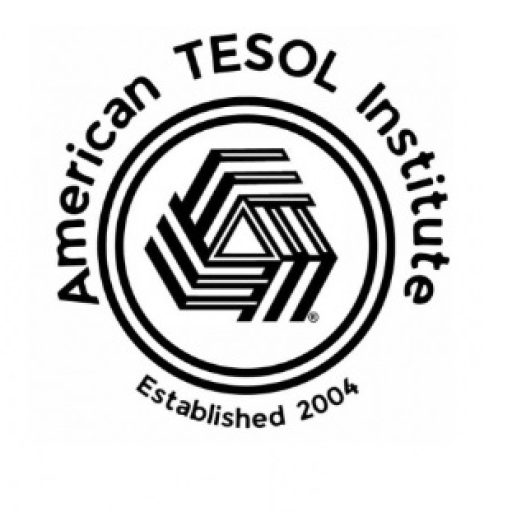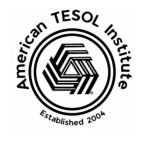In both financial markets and education, randomness plays a significant role in shaping outcomes. The concept of Black Swan events, introduced by Nassim Nicholas Taleb, describes highly unpredictable occurrences that carry massive impact. In the financial world, these events can cause markets to crash or skyrocket unpredictably. Similarly, in education, the unforeseen—global pandemics, technological breakthroughs, or societal shifts—can dramatically alter how and where learning happens.
However, as unpredictable as these events may seem, the rise of predictive AI offers the tantalizing promise of controlling randomness by peering into the future. For TESOL teachers, understanding this interplay between randomness, prediction, and education can open doors to innovative teaching strategies and a deeper appreciation of how global trends influence their classrooms.
The Role of Randomness in Markets and Education
The financial market thrives on volatility, with traders making decisions based on both predictable patterns and chaotic fluctuations. Education, while less visibly volatile, also experiences periods of dramatic change. For example, the sudden global shift to online learning during the COVID-19 pandemic was an educational Black Swan that redefined how teachers and students interact.
Randomness forces adaptation, creativity, and resilience. In language learning, randomness often emerges through unexpected student questions, cultural shifts influencing language usage, or new technologies disrupting traditional teaching methods. While randomness can be challenging, it also offers opportunities for growth and innovation.
Predictive AI: From Seconds to the Future
Predictive AI is transforming how randomness is managed by working to foresee future events. Initially, predictive AI focuses on short-term forecasts—what will happen seconds or minutes ahead. For instance, self-driving cars use AI to predict the movement of nearby vehicles, ensuring smooth navigation. This ability to predict the immediate future is the foundation for longer-term forecasts.
As predictive models improve, AI progresses to making more extended predictions: what will happen hours, days, or even years into the future. In financial markets, this means identifying patterns that suggest upcoming trends or potential Black Swan events, allowing investors to make preemptive moves. Similarly, in education, predictive AI could analyze global trends to forecast shifts in student needs, curriculum requirements, or even the language demands of the future.
AI and the TESOL Classroom: Managing Randomness
For TESOL teachers, predictive AI offers powerful tools to manage the unpredictability inherent in education. Here are a few ways predictive AI might transform English language teaching:
1. Personalized Learning Paths
Predictive AI can analyze student data to forecast individual learning trajectories, identifying areas where students might struggle before they do. This enables teachers to tailor lessons to address challenges proactively, ensuring smoother progress.
Example: If AI predicts that a student is likely to struggle with irregular verbs, a TESOL teacher can incorporate targeted exercises and resources into the lesson plan, mitigating frustration and boosting confidence.
2. Predicting Language Trends
Language evolves constantly, with new slang, idioms, and structures emerging from cultural and technological shifts. Predictive AI could analyze online communication, news, and social media to anticipate future trends in English usage, helping TESOL teachers stay ahead of the curve.
Example: Imagine preparing students for future language trends like the rise of AI-related terminology or changes in pronunciation influenced by global media.
3. Identifying Black Swan Events
While true Black Swan events are, by definition, unpredictable, predictive AI can identify weak signals that might lead to significant disruptions. For TESOL, this might mean anticipating shifts in student enrollment due to economic or geopolitical changes and adapting strategies accordingly.
Example: If AI predicts a surge in demand for English teachers in specific regions, TESOL programs can adjust their focus to prepare educators for these opportunities.
4. Adapting to Classroom Dynamics
AI can also predict and adapt to real-time classroom dynamics, such as students losing focus or engagement. Using data from student interactions, AI tools can suggest activities or teaching methods to re-engage learners.
Example: During a lesson, AI could detect declining student attention and suggest switching to an interactive group activity to refocus the class.
The Big Picture: Predictive AI and the Future of TESOL
The ultimate promise of predictive AI lies in its ability to synthesize vast amounts of data, enabling educators to anticipate needs, prepare for disruptions, and adapt to change with unprecedented precision. As AI grows more sophisticated, its predictive capabilities will extend further into the future, potentially reshaping not only how we teach but also what we teach.
Implications for TESOL Teachers
- Flexibility and Resilience: TESOL teachers must embrace flexibility, recognizing that predictive AI is not a replacement for their expertise but a tool to enhance it.
- Continual Learning: To stay effective, teachers must stay informed about AI tools and their applications, incorporating these technologies into their professional development.
- Ethical Considerations: Predictive AI raises questions about data privacy and the ethical use of technology in education. TESOL teachers must advocate for practices that prioritize student well-being and equity.
Fun Facts: Randomness, Prediction, and Language
- The Word “Black Swan”: The term originated from the assumption that all swans were white until black swans were discovered in Australia, representing the unexpected.
- Language’s Black Swan: The internet has introduced more new English words in the past two decades than in any other comparable period in history, driven by randomness and global communication.
- AI Predicts Behavior: Some AI systems can predict the likelihood of a student dropping out of a course with 90% accuracy, helping educators intervene early.
Conclusion: From Chaos to Clarity
Randomness will always play a role in education, challenging teachers to adapt and innovate. However, predictive AI offers the tools to transform uncertainty into opportunity, allowing TESOL educators to anticipate needs, manage disruptions, and inspire students in ever-evolving ways.
By embracing the intersection of technology and teaching, TESOL professionals can turn Black Swans into moments of clarity and growth, ensuring that both teachers and students thrive in an unpredictable world. As predictive AI advances, the future of language learning promises to be as exciting and dynamic as the forces shaping it.



